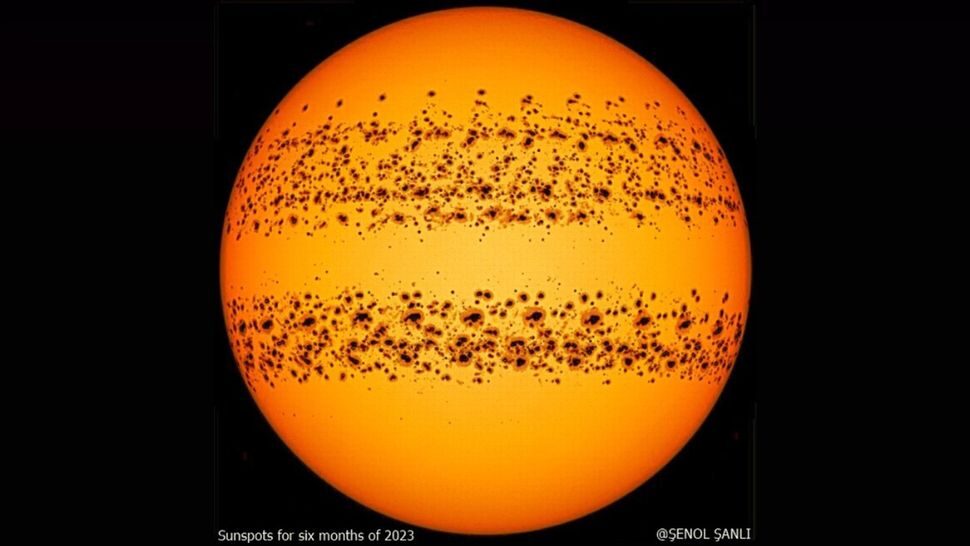
Comment: A 'revised prediction'? Also known as a correction, because they got it wrong?
Scientists forecasting solar weather have finally acknowledged that the initial predictions for the current solar cycle were way off. The researchers now say that we are fast approaching an explosive peak in solar activity. Earlier this year, Live Science reported that the solar maximum will likely hit harder and sooner than predicted.
The sun is constantly in flux. Roughly every 11 years, our home star cycles from a period of tranquility, known as solar minimum, to a peak of solar activity known as solar maximum — when dark sunspots cover the sun and frequently spit out powerful solar storms. The star then transitions back to solar minimum before the next solar cycle begins.

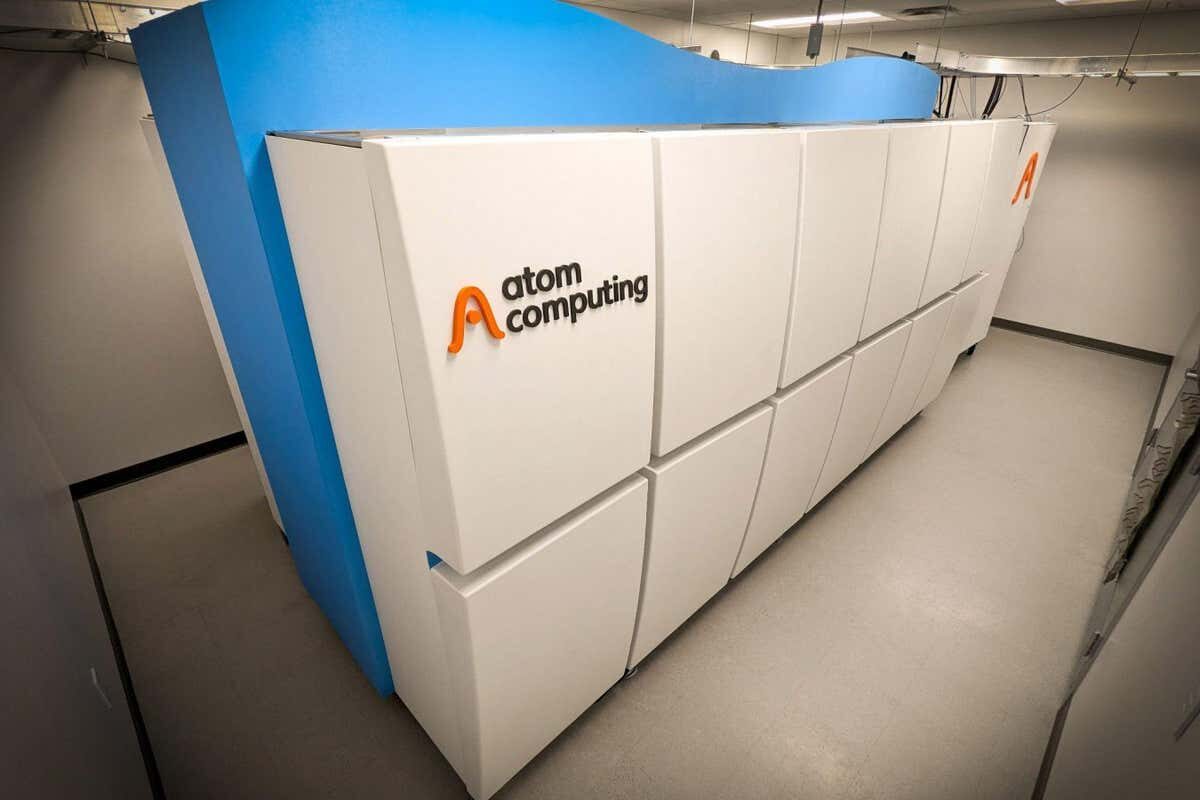

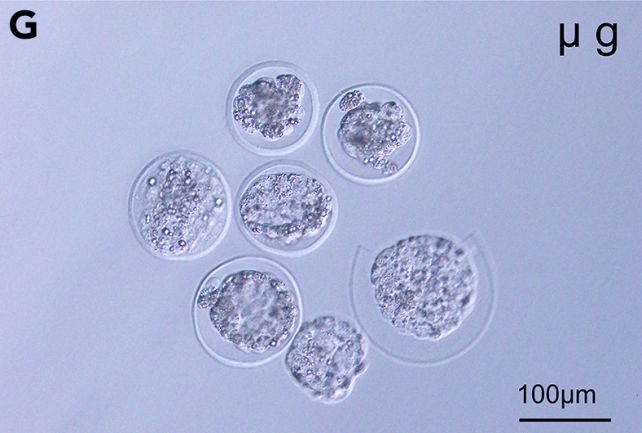
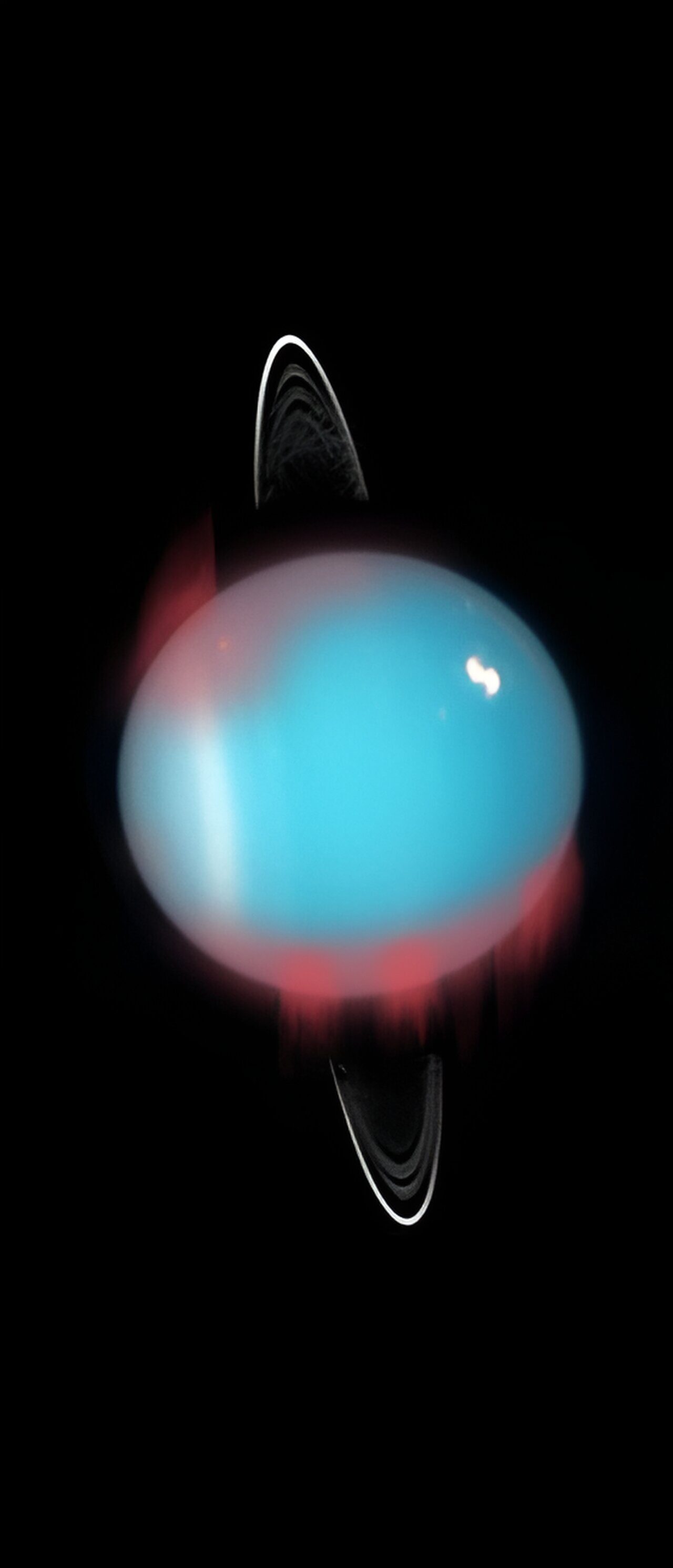


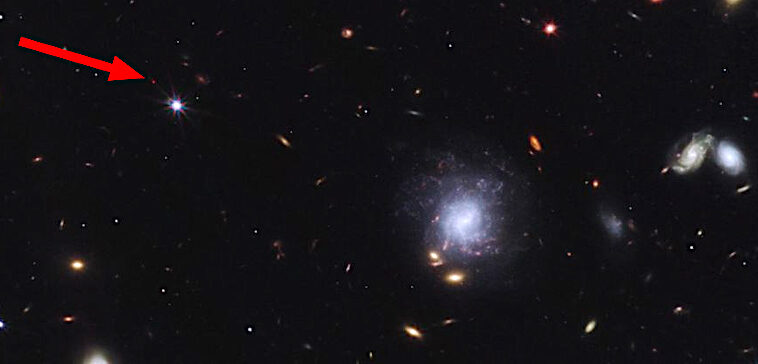
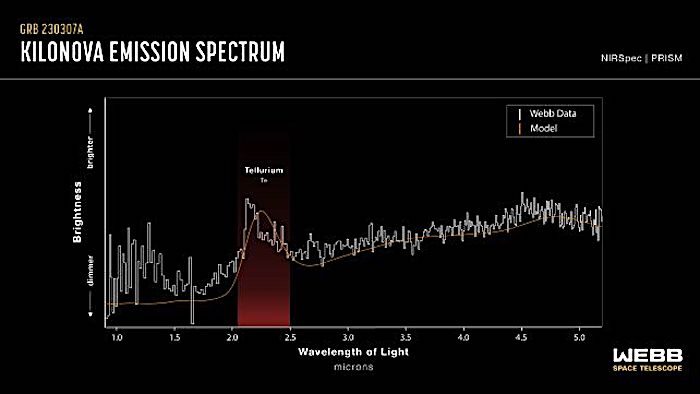
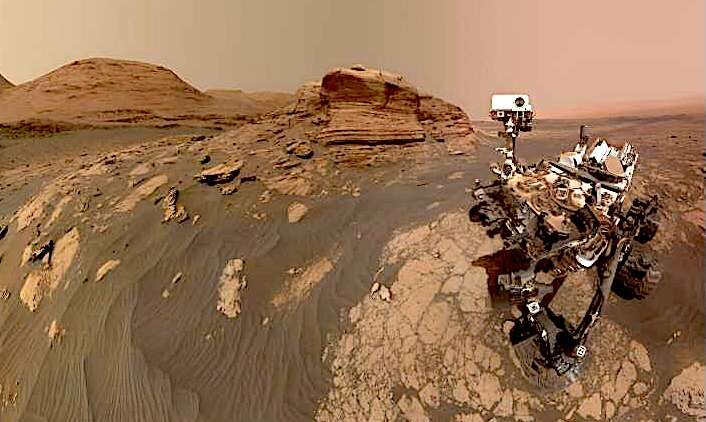



Comment: As perhaps a clue as to what kind impact we can expect from a reduced cycle, a recent discovery of a centuries-old text from Korea revealed that, during the Maunder Minimum - also known as a The Little Ice Age period in Europe - the solar cycle had reduced by 3 years to just 8 years, instead of 11. As noted in the linked article, it was also known as a period of significantly elevated volcanic activity.
And check out SOTT radio's: